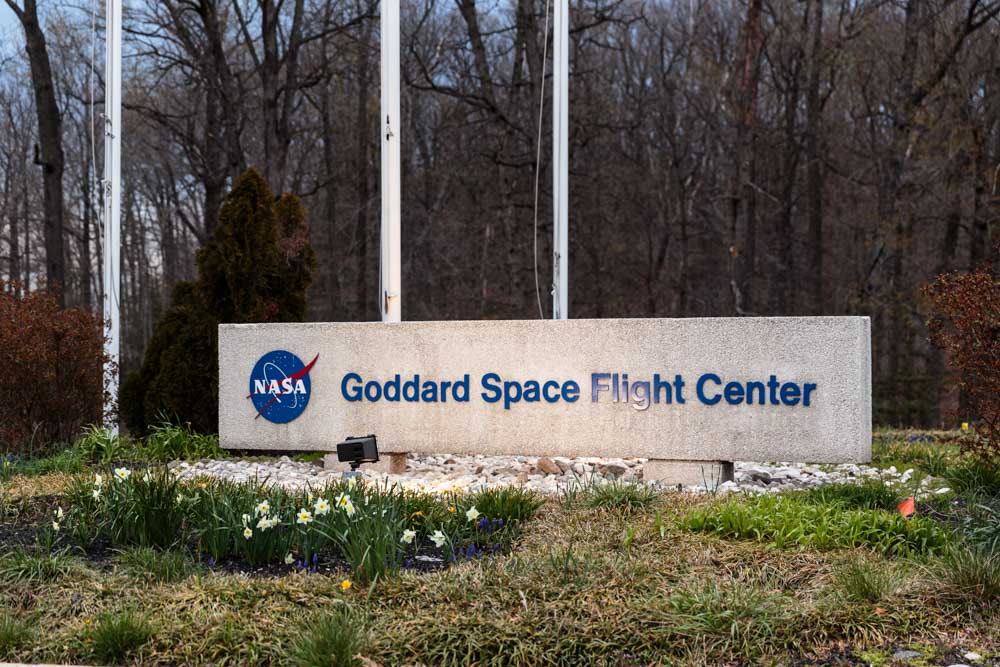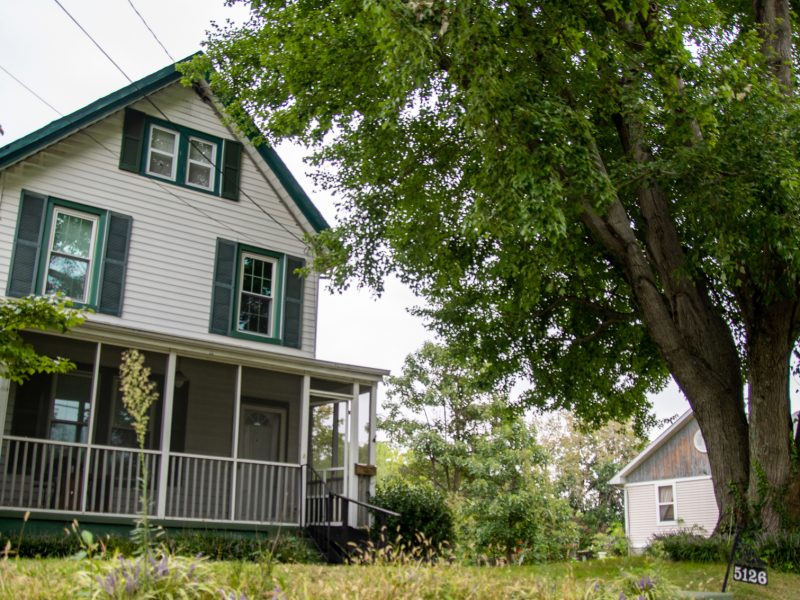The University of Maryland has joined the University of Maryland, Baltimore County and other local institutions in a five-year, $87.5 million agreement with the NASA Goddard Space Flight Center to continue space research opportunities for students enrolled in these institutions.
The initial research partnership, a 10-year agreement in 2006 that established the Center for Research and Exploration in Space Science & Technology, or CRESST, enabled students and professors at this university, UMBC and the Universities Space Research Association to work with the NASA Goddard Space Flight Center in Greenbelt. The most recent agreement, CRESST II, went into effect April 1 and brings in new partners, including Howard University, the Catholic University of America and the Southeastern Universities Research Association, according to a UMD Right Now March 30 news release. The release does not mention the Universities Space Research Association as a partner in the new agreement.
“A wide range of research gives [students] access to a much larger variety of research and a wealth of opportunities,” said Lee Mundy, CRESST II director and an astronomy professor at this university. “Maryland scientists work with Goddard scientists on a wide range of works.”
CRESST II aims to help students and faculty at these universities become more involved in real astronomical research outside of the classroom, Mundy said. He added that in the past, students have worked on projects that include studying the surface of Mars as well as the various emissions of neuron stars. One group of students helped develop the optical instrument for a telescope.
The center also allows professors and students to access research that is conducted at the NASA Goddard facility and use that information to perform their own research, Mundy said. CRESST II offers several programs throughout the year, including internships during the summer.
“This grant — and the important partnership it represents — will enable us to continue research that advances science and benefits our state and beyond,” UMBC President Freeman Hrabowski said in a statement to the Baltimore Sun. “Moreover, it will create opportunities for students to prepare for careers by working alongside world-class experts.”
Mundy said the Southeastern Universities Research Association’s reach allows CRESST II to include universities in the South and a number of historically black colleges. North Carolina Agricultural and Technical State University, for example, is a member of SURA.
Part of the center’s mission is to improve the participation of minorities and women in space sciences, he added. Women make up 29 percent of the science and engineering workforce, and women from marginalized groups comprise fewer than one in 10 employed scientists and engineers, according to the National Girls Collaborative Project.
The center has seen increased diversity in the space sciences in past years though, Mundy said, and he hopes CRESST II will build off of this improvement. He added that women across the country have made up nearly half of recent space science graduates, and CRESST II plans to continue reaching out to young people, students and graduate students who attend the partner schools to get involved in different projects.
“This vital partnership will keep all of us at the forefront of space science research,” university President Wallace Loh told UMD Right Now. “Our researchers will study the inner workings of the galaxy, and take our students to unimaginable heights. It is hard to imagine a more exciting endeavor.”



